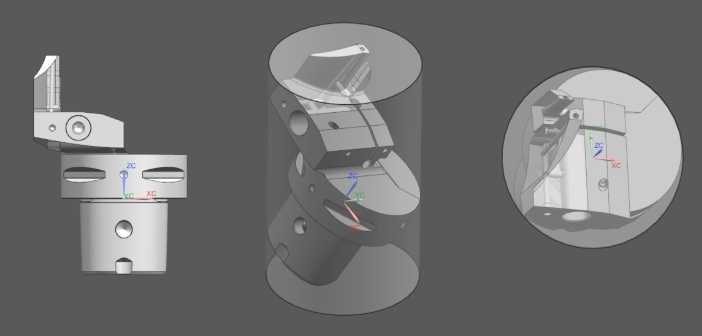Sandvik Coromant, machine solutions division of Sandvik Group, has created an AI-powered packing solution which determines the smallest possible packaging required to contain a product.
The system is designed to reduce both costs and CO2 emissions by applying a genetic algorithm (GA) using AI. GAs are used to solve optimisation problems and they work by imitating natural selection.
By repeatedly modifying a selection of possible solutions, the GA allows the solution to ‘evolve’ until the ideal result is found. Sandvik said although GAs are nothing new, applying them to packaging solutions is a less common application.
The team has seen its idea realised in a Package Selector Application (PSA). The PSA analyses a 3D CAD model of the product and by identifying the product’s critical points, in combination with the company rules for package selection, the AI algorithm calculates its rotation and recommends the smallest packaging possible.
Using PSA also enables centralised and unified package selection across Sandvik Coromant. Maria Rajabzadeh Namaghi, systems developer at Sandvik said: “The PSA is incorporated directly to product designers’ CAD programs, so the most suitable packaging for a product can be determined before a physical copy of the tool itself has even been created.
“The solution completely automates the packaging process, streamlining operations and supporting Sandvik Group’s wider sustainability goals.”
Sandvik Coromant will be launching the PSA in the second half of 2021. The company has set the target of electing packages for its products that were as small and lean as possible, with the aim of cutting costs and reducing Sandvik Group’s overall carbon footprint.
Mats W Lundberg, head of sustainability at Sandvik Group, added: “Sandvik Coromant’s packaging innovation not only results in less waste, but also improves sustainability throughout the value chain.
“Optimised packaging selection avoids excessive packaging use, opening up the potential to transport more products at once, increasing shipment capacity.
“In turn, increased capacity could result in less loads to transport the same number of products, reducing fuel consumption and supporting Sandvik Group’s company-wide target to half its CO2 impact by 2030.”









